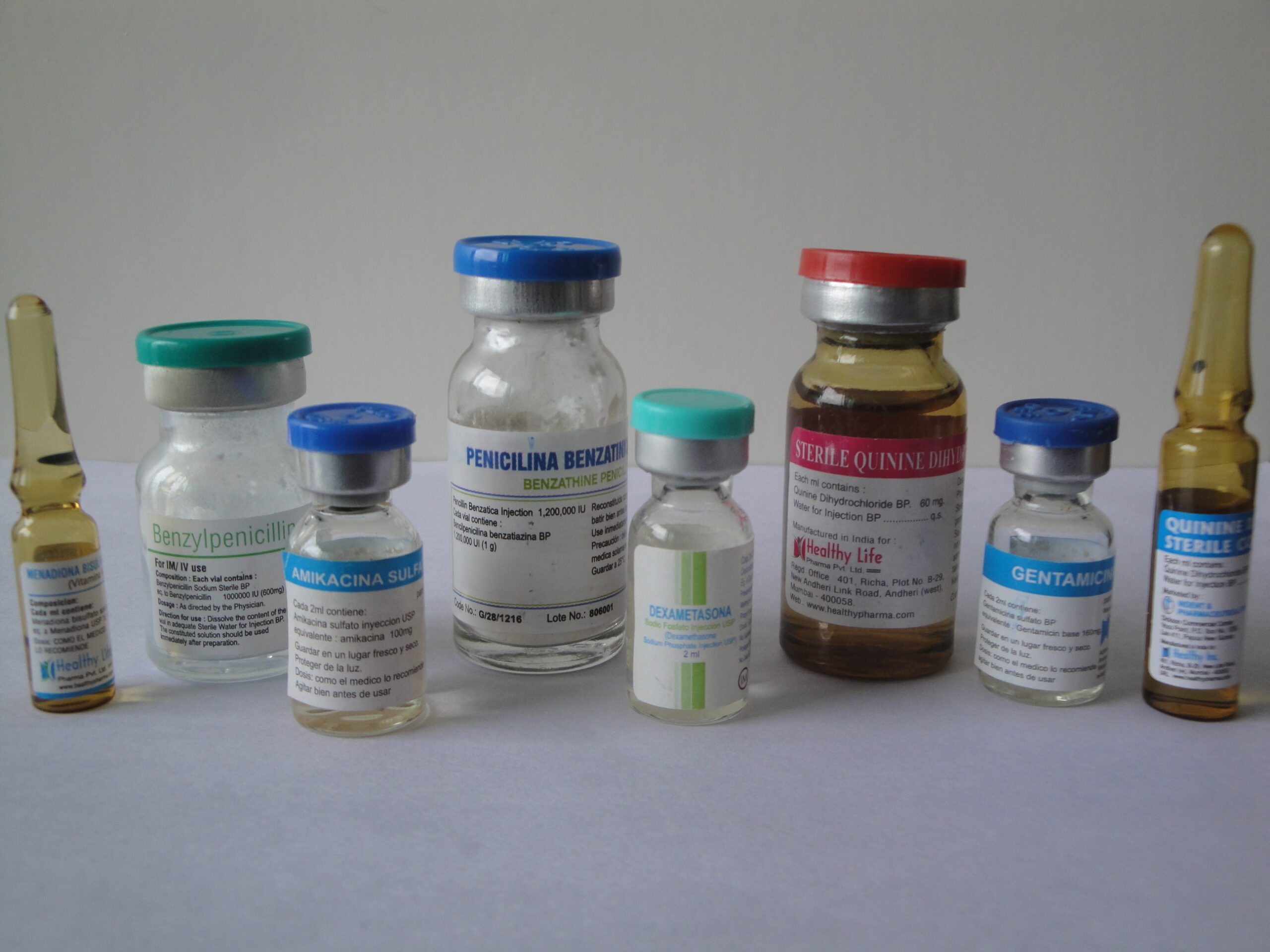Description
Ceftriaxone & Sulbactam veterinary injection
Ceftriaxone and sulbactam are antibiotics commonly used in veterinary medicine to treat bacterial infections in animals. Let’s break down each component:
Ceftriaxone:
Class: Ceftriaxone belongs to the cephalosporin class of antibiotics.
Mechanism of Action: It inhibits bacterial cell wall synthesis, leading to cell death.
Indications: Ceftriaxone is effective against a broad spectrum of bacteria and is commonly used to treat respiratory, urinary, skin, and soft tissue infections in animals.
Sulbactam:
Class: Sulbactam is a beta-lactamase inhibitor.
Mechanism of Action: Sulbactam works by inhibiting beta-lactamases, enzymes produced by some bacteria that can break down beta-lactam antibiotics, including cephalosporins. By inhibiting these enzymes, sulbactam enhances the activity of ceftriaxone against beta-lactamase-producing bacteria.
Indications: Sulbactam is often used in combination with antibiotics like ceftriaxone to extend their spectrum of activity against beta-lactamase-producing bacteria.
The combination of ceftriaxone and sulbactam is designed to provide a broader and more effective coverage against a range of bacteria, including those that produce beta-lactamases. This combination is especially useful when dealing with infections caused by resistant strains of bacteria.
It’s crucial to note that the use of antibiotics in veterinary medicine should be based on a proper diagnosis by a veterinarian and an understanding of the specific bacteria causing the infection. Additionally, proper dosage, administration, and monitoring are essential to ensure the safety and efficacy of the treatment. Always follow the guidance and prescription provided by a qualified veterinary professional.
Ceftriaxone and sulbactam are commonly used antibiotics in veterinary medicine for the treatment of bacterial infections. Ceftriaxone belongs to the class of cephalosporin antibiotics, while sulbactam is a beta-lactamase inhibitor. When used together, sulbactam enhances the effectiveness of ceftriaxone by inhibiting bacterial beta-lactamases, enzymes that can break down and deactivate antibiotics like cephalosporins.
These antibiotics are often used to treat a wide range of bacterial infections in various animals, including dogs, cats, horses, and livestock. However, the specific dosage, administration route, and duration of treatment should be determined by a veterinarian based on factors such as the type and severity of the infection, the animal’s weight, and its overall health condition.
It’s crucial to follow the veterinarian’s instructions carefully and complete the full course of treatment to ensure the best outcome and minimize the risk of antibiotic resistance. Additionally, veterinarians typically consider factors such as the potential for adverse reactions and any known allergies the animal may have before prescribing these medications.
Ceftriaxone and Sulbactam are antibiotics commonly used in veterinary medicine to treat bacterial infections.
Ceftriaxone:
Class: Ceftriaxone belongs to the third generation of cephalosporin antibiotics.
Mechanism of Action: It inhibits bacterial cell wall synthesis, leading to the disruption of the bacterial cell wall and ultimately causing cell death.
Indications: Ceftriaxone is effective against a wide range of Gram-positive and Gram-negative bacteria. It is often used for respiratory, urinary tract, skin, and soft tissue infections in veterinary medicine.
Administration: Ceftriaxone is typically administered by injection.
Sulbactam:
Class: Sulbactam is a beta-lactamase inhibitor.
Mechanism of Action: Sulbactam is often combined with beta-lactam antibiotics, like ceftriaxone, to enhance their activity. It inhibits beta-lactamase enzymes produced by some bacteria, which would otherwise inactivate the antibiotic.
Indications: Sulbactam is not used alone but is combined with antibiotics to overcome beta-lactamase mediated resistance. In veterinary medicine, it may be used in combination with ceftriaxone or other antibiotics.
Administration: Sulbactam is often included in combination products, such as ceftriaxone-sulbactam, and is administered by injection.
Ceftriaxone and Sulbactam Combination:
Indications: This combination is used when there is a need for a broader spectrum of activity, and where beta-lactamase-producing bacteria may be involved.
Dosage: The dosage depends on the specific condition being treated, the severity of the infection, and the weight of the animal.
Administration: Typically administered through intravenous (IV) or intramuscular (IM) injection.
Caution: Veterinary professionals should carefully consider the specific needs of the patient, potential side effects, and any contraindications before prescribing this combination.
It’s crucial to note that only a licensed veterinarian should prescribe and administer antibiotics to animals. The correct dosage, duration of treatment, and choice of antibiotics should be determined based on the specific diagnosis and the characteristics of the bacterial infect



